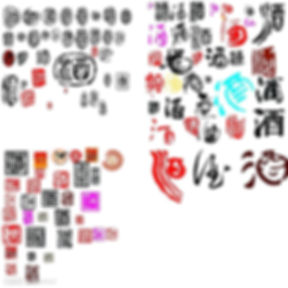Chateau Batailley 2012

Intense nose of black fruit, violets, sweet vanilla, roasted coffee, and undertones leather and smoked meat. The taste is lighter and fresher than the nose, so there are fresh cassis and plum juicy, with heaps of other blue and black fruit bursting through the mid-palate, followed by tones of chocolate, textured tannins, coffee beans.
Approachable now but will age for some years, the tannins are sweet, and the wine has weight, density, opulence and richness that is rare for a Médoc in 2012. Grand Vin is a blend 80% Cabernet Sauvignon, 18% Merlot, 1% Cabernet Franc and 1% Petit Verdot.
2012 is a reasonable and ripe vintage. Parket et al. says the drink window is from 2015 - 2040; James Suckling writes the optimum time to crack a bottle is in 2018.

Chateau Batailley is one of the oldest estates in the Médoc. The name derived from battle ("Bataille") - that took place where the chateau and vineyard are today - during the 100-years war in the in 1452. In this battle, the French re-conquered the neighbouring Chateau Latour from the English, a crucial point in the history of Aquitaine.
Does it matter who won the battle? Knighted by Napolean III as the 5th Growth of 1855, Chateau Batailley may not have the elegance of the British Chateau Latour from the First Growth, it is now very well made, keeps on improving and has been well-liked by the drinkers novice and seasoned alike with its high cost-performance. Chateau Batailley is never the most stylish Pauillac, but its reputation for consistent quality and good value makes it one of the most famous wines in the Hong Kong market.

Scores are consistent.
92 points Robert Parker's Wine Advocate Long owned by Xavier Borie, this Pauillac estate sits next to Batailley and is just south of Borie’s other famous château, Grand-Puy-Lacoste. The 2012, dramatically better from bottle than barrel, is bigger boned, richer and more flamboyant than this wine normally tends to be. The color is a healthy purple, and the wine offers plenty of cassis and licorice as well as a touch of incense. The oak from barrel-aging 18 months is largely obscured. Medium to full-bodied and impressively endowed, it comes off like a hypothetic blend of a St.-Julien and Pauillac, but this is a classic 2012 that is full, rich and impressive, with beautifully sweet tannins. Drink it over the next 20 years. (RP) (4/2015)
92 points James Suckling A 2012 with currant, wet earth and walnut aromas and flavors. Full body, firm tannins and a savory finish. Give it three to four years to open. Well done. Better in 2018. (2/2015)




















